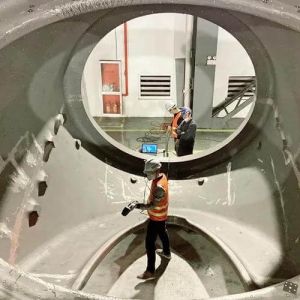Action characteristics of the electric switchPosted by elcb on November 16th, 2020 The leakage switch has two parameters: the operating current and the non-operating current. Their meanings are as follows: (1) Rated leakage current IΔn Generally, residual current device value ranges from 5 to 20000 mA, of which 30 mA and below are high sensitivity types, mainly used for human body protection; 50 to 1000 mA is moderately sensitive and is used for both human body Electric shock protection and leakage protection equipment fire protection; 1000 mA or more is low sensitivity, used for leakage fire protection and ground fault monitoring. (2) Rated leakage non-operating current IΔn0 Generally, the current from IΔn0 to IΔn is a section in which the operation cannot be confirmed. If a certain test current falls within this section, the leakage switch may or may not operate. When using the above parameters, special attention should be paid to the current range from IΔno to IΔn. If the leakage protection device is required in the engineering design, it must act when the residual current passing through is greater than or equal to I1, and must not operate when the residual current passing through is less than or equal to I2. Therefore, when configuring and selecting the leakage protection device, it should be I1≥IΔn And I2 ≤ IΔno. Like it? Share it!More by this author |


